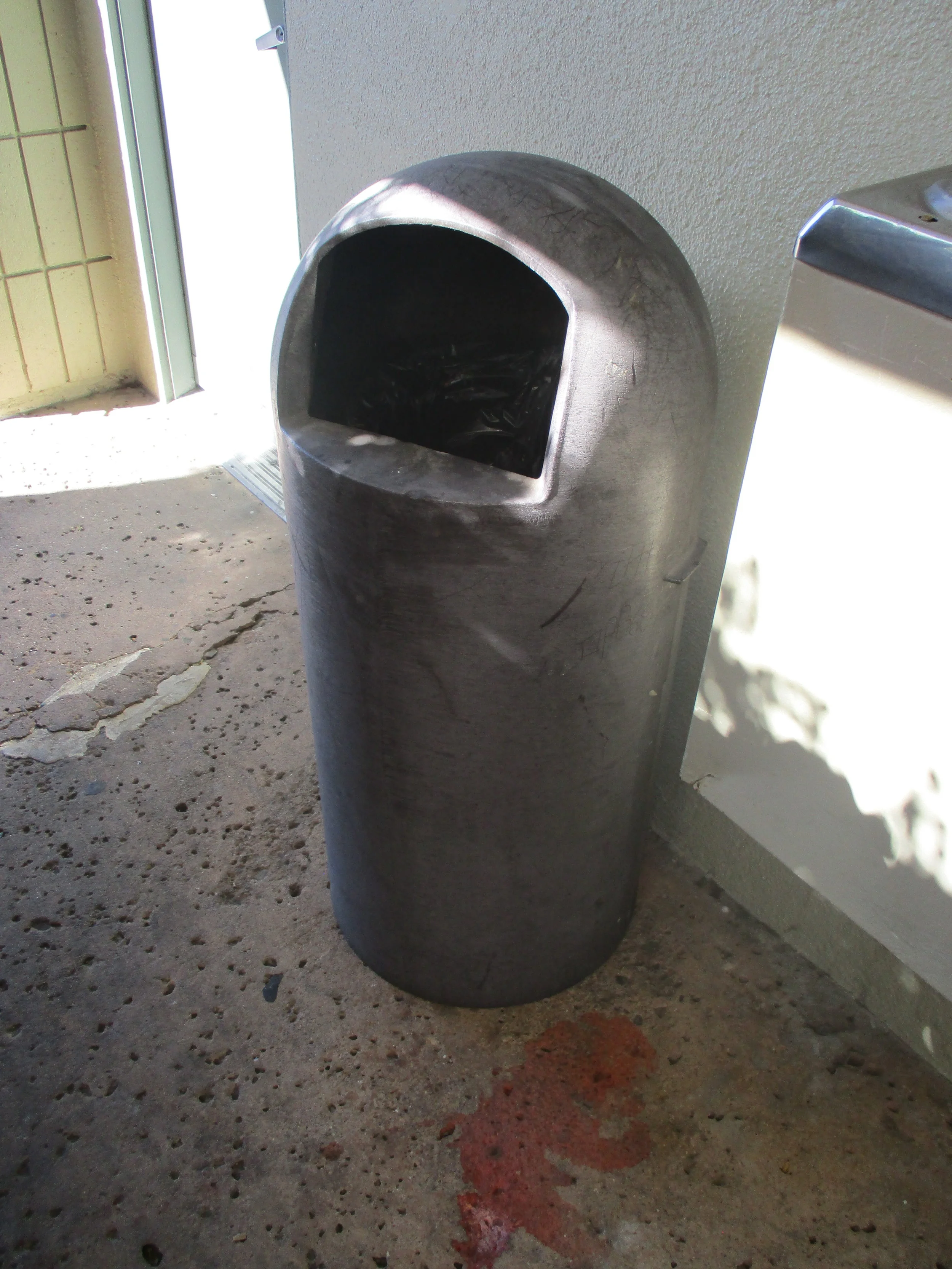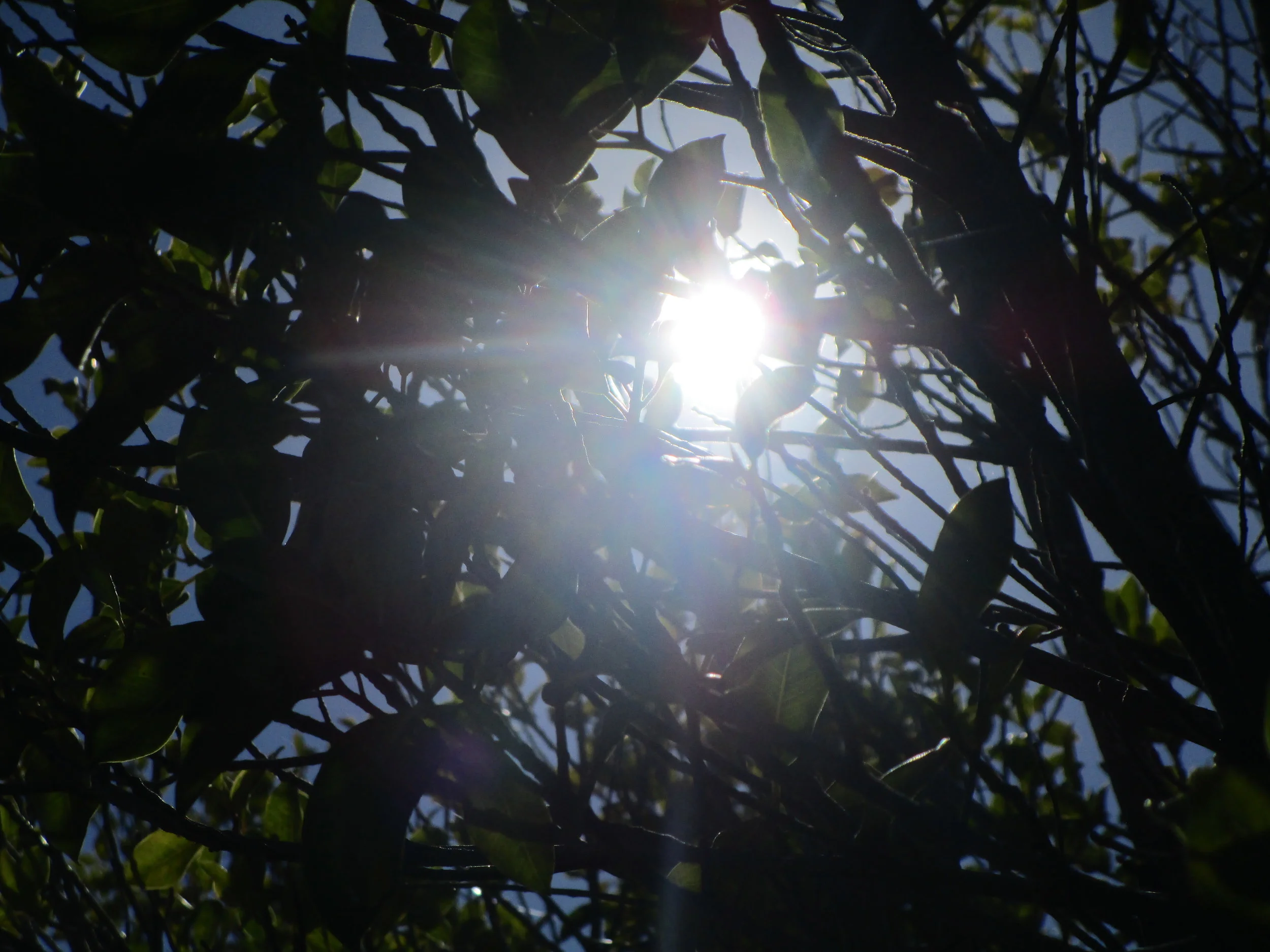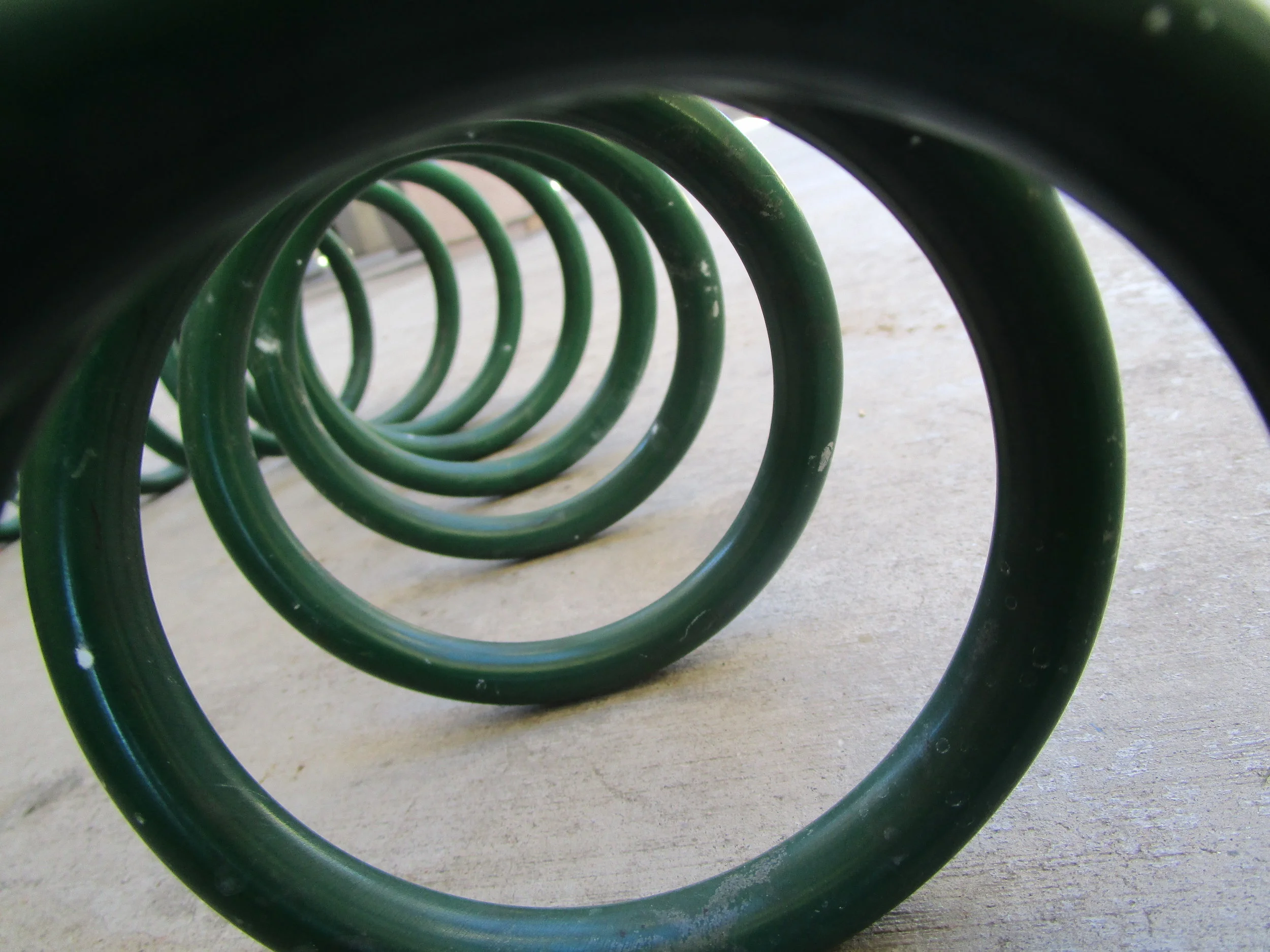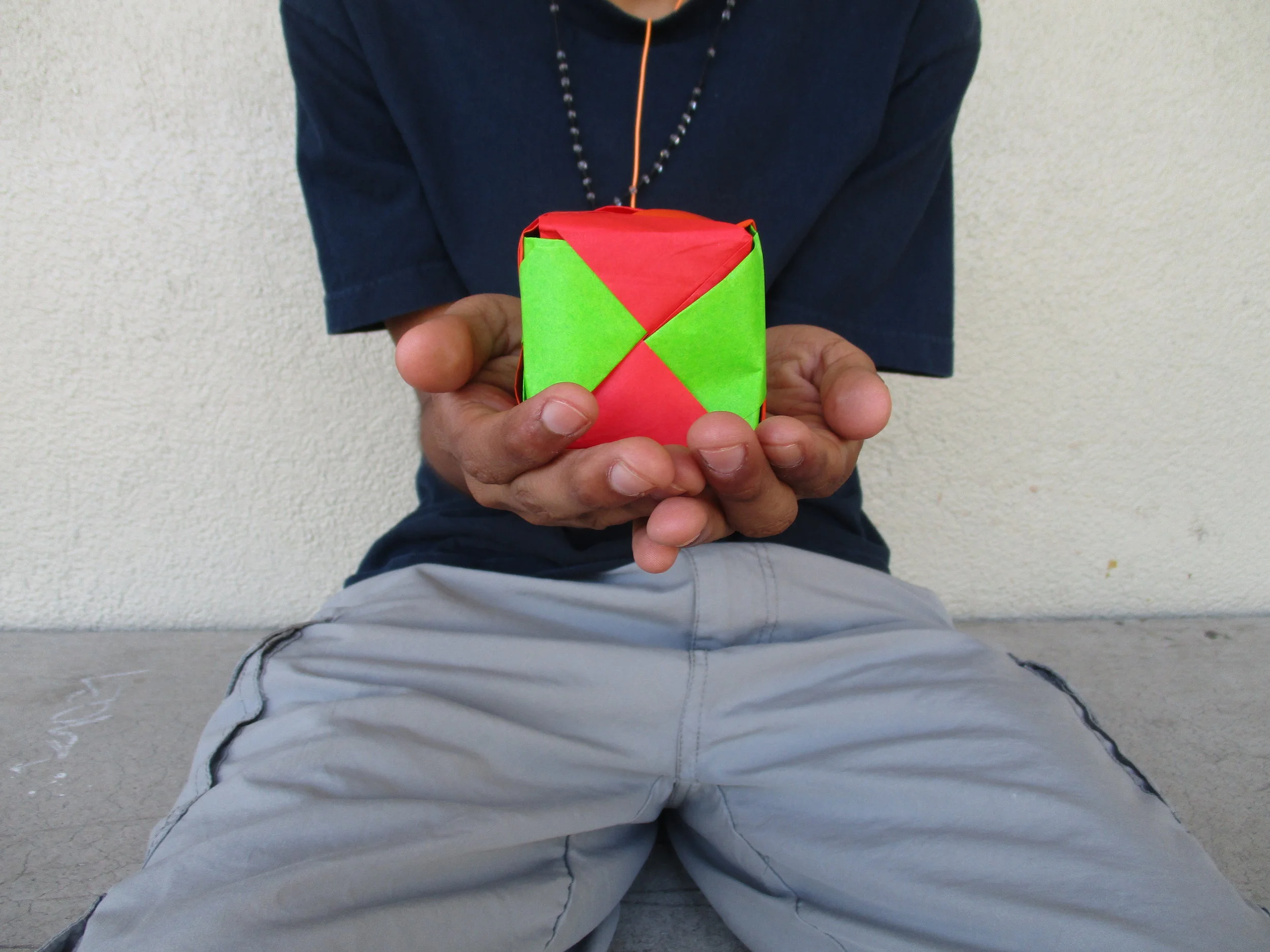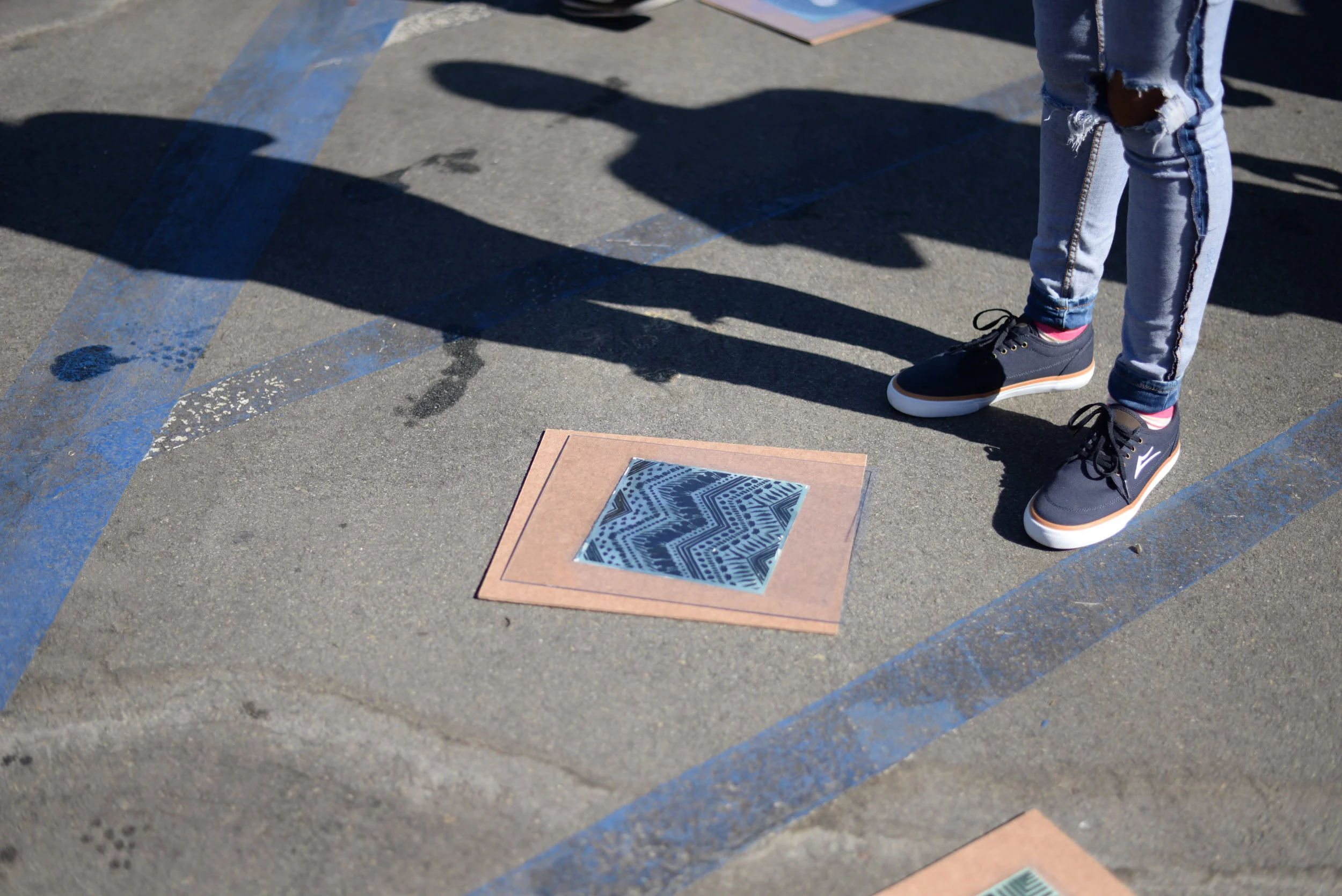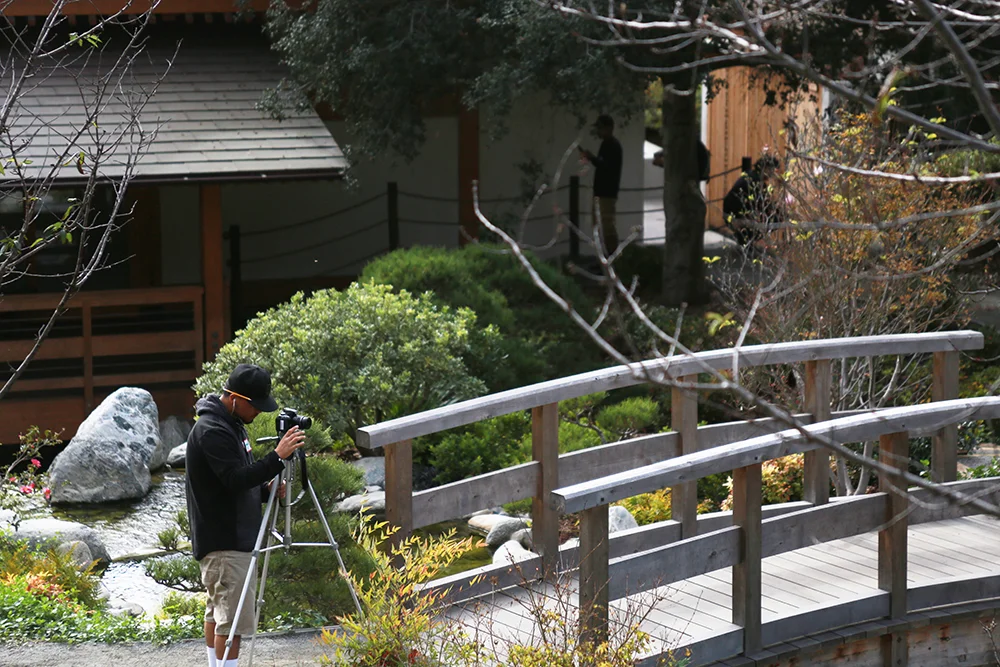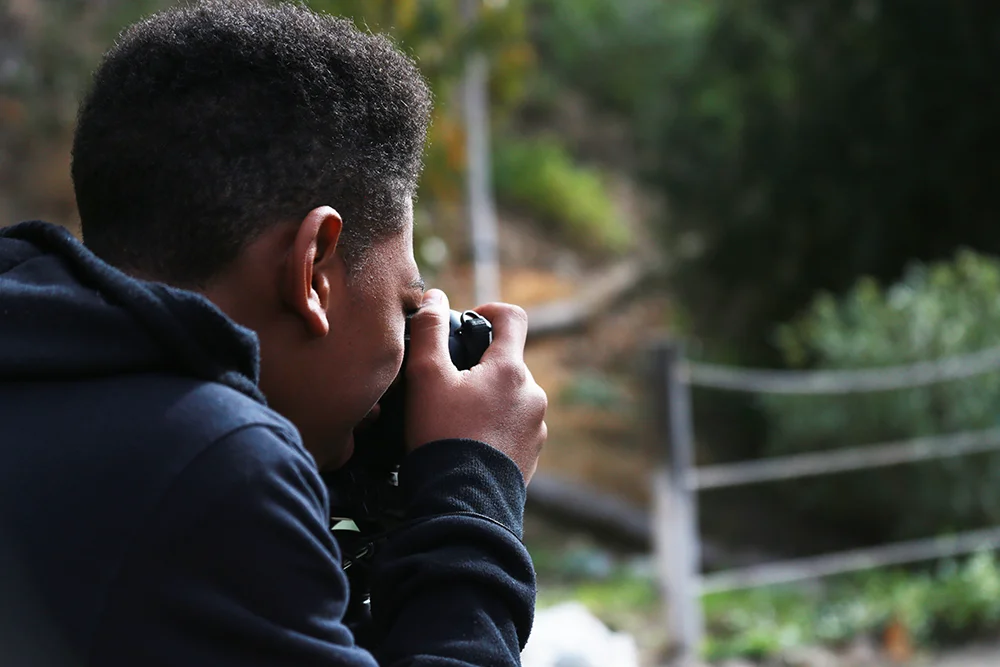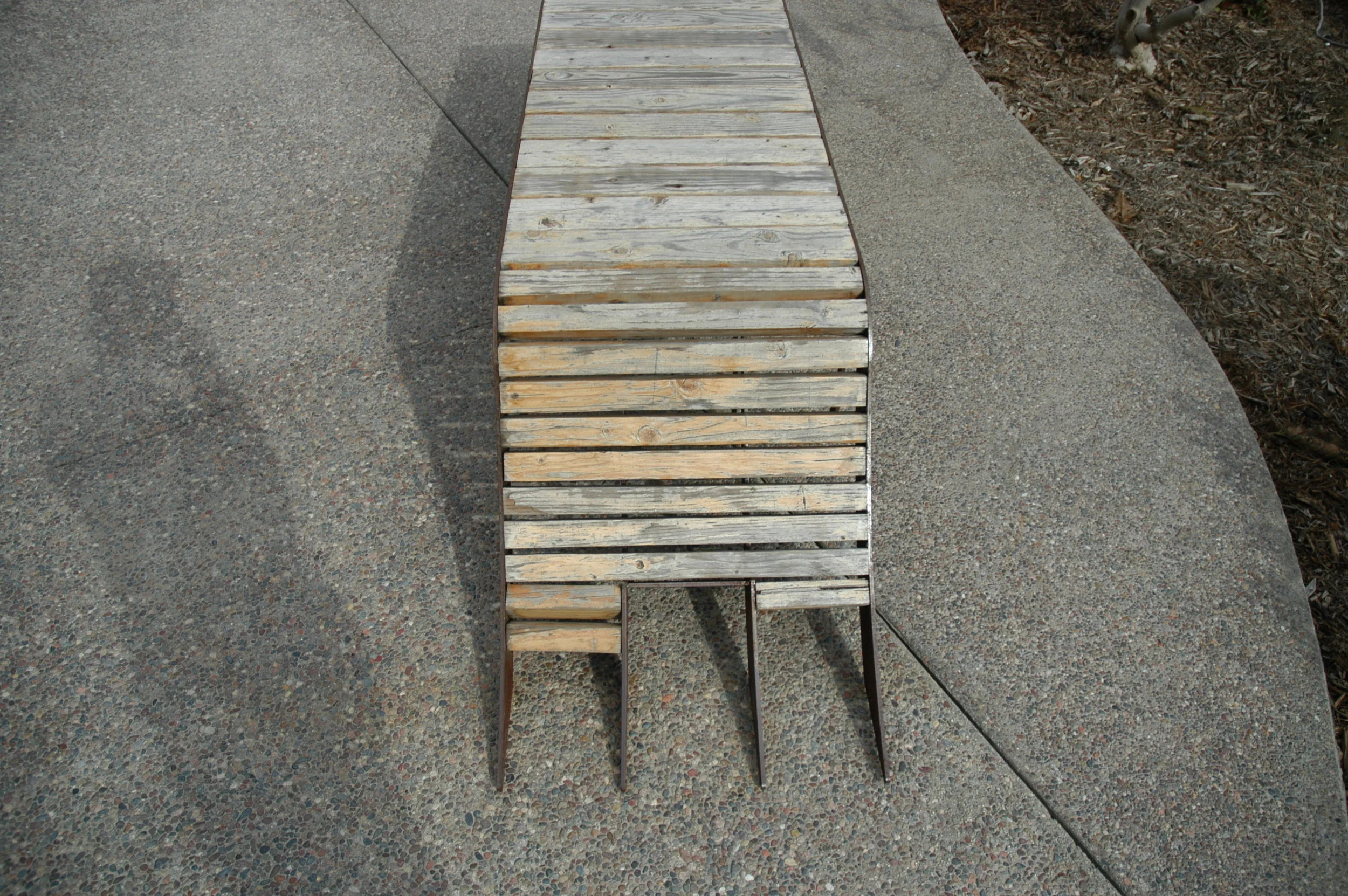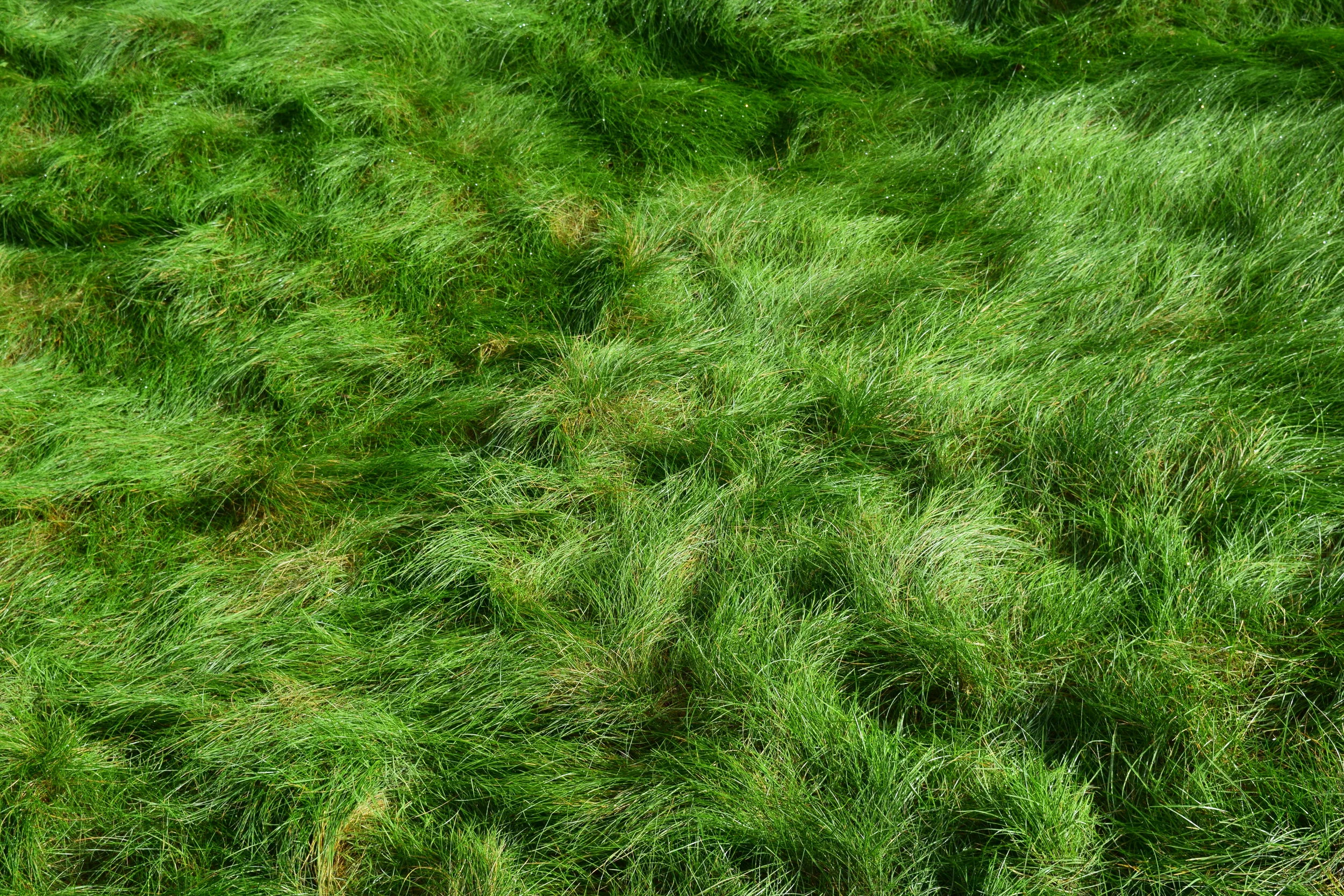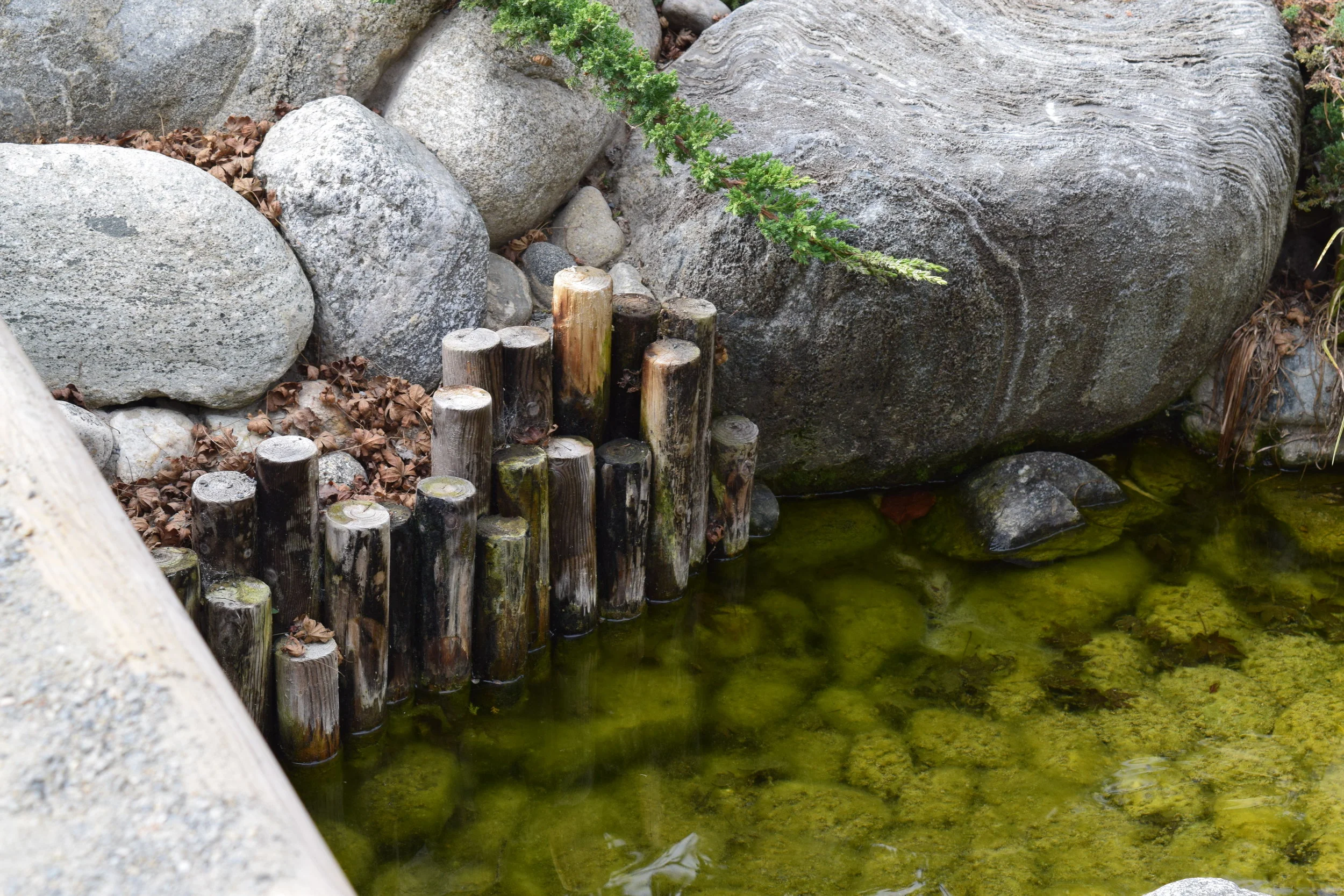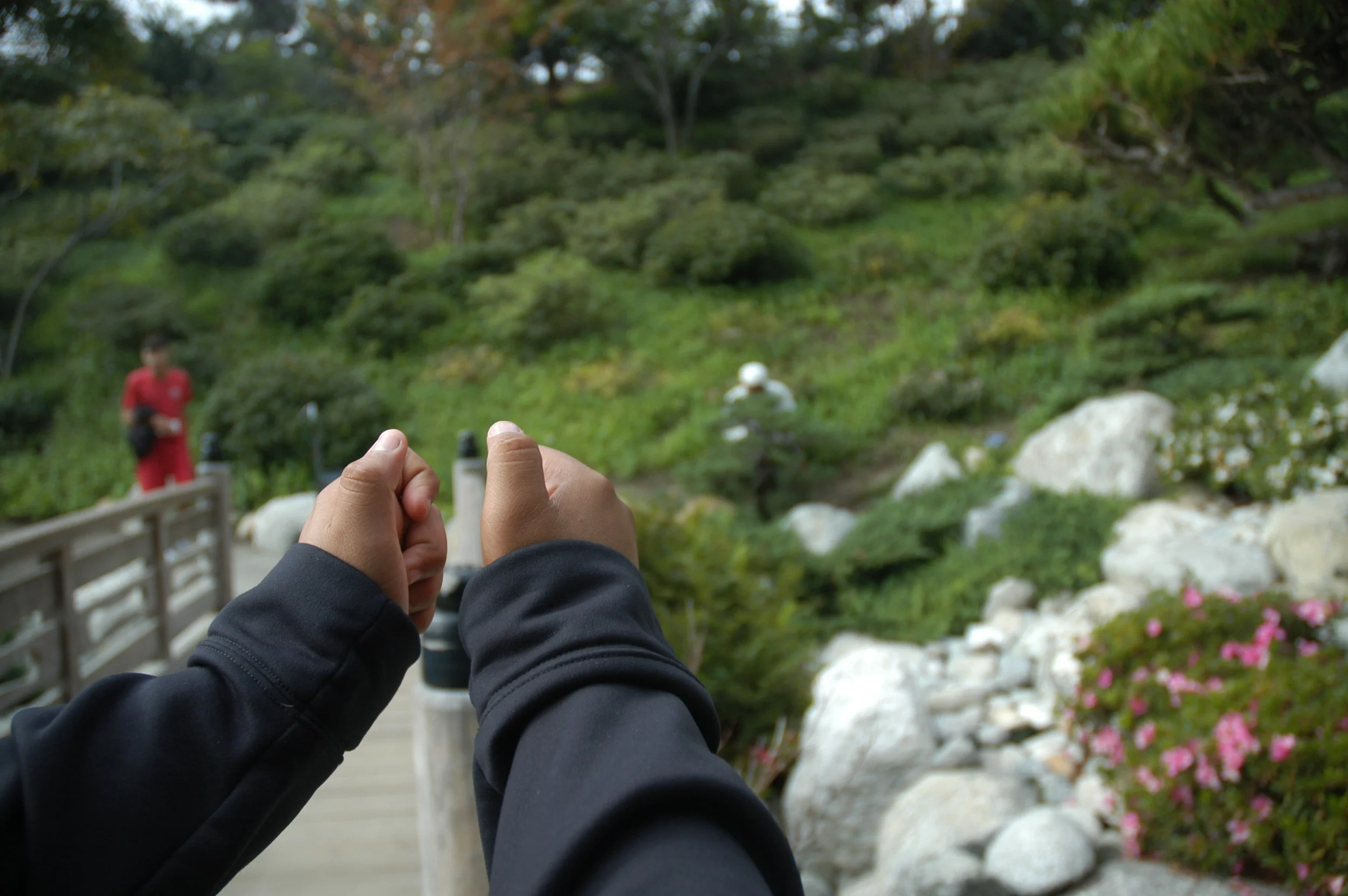MOMENTUM LEARNING
The work produced during the Spring 2017 JCCS program explores topics in cultural identity. Participants use photography as a means to communicate symbolically about who they are and how they understand themselves through symbolic and cultural markers. The projects were designed to work specifically with the exhibition location, Japanese Friendship Garden, and to promote concepts and awareness of how cultural identity is interpreted today. The art of origami, paper folding, is used in tandem with photography to create an installation of unique handmade origami forms that highlight the images collected from JFG.
Lyle, 2016
Ramon, 2016
SYMBOLIC SELF-PORTRAITS
WHO YOU ARE WHO OTHERS THINK YOU ARE
We began the program by introducing students to the camera and had them explore the use of point-of-view and design elements to communicate about identity. They produced a diptych of two images, on the left an image that represents who they are, on the right, an image that represents who they think other people see. Students were encouraged to focus on abstract interpretation of the topics, with color, texture, composition, and other design and point-of-view solutions to avoid photographing the face. Some combinations are very powerful and this process gave students the opportunity to be very expressive while still also respecting their privacy. We gave the students the option to discuss their images in class.
ORIGAMI PAPER AND CULTURAL SYMBOLS
Students were introduced to the art of folding paper to help them become familiar with Japanese culture and tradition. This helped us to start a dialogue on what people, places and things help to identify our own cultural identity. Students were introduced to the history of origami and how it has evolved as it moved from country to country. I used this as an opportunity to discuss how words and their meanings also evolve. While folding the units, we encouraged students to consider their understanding of cultural identity and how its interpretation has changed over time. Students were asked to redefine cultural by photographing what they believe defines who they are. For example, skateboarders have a culture that has its own language and practices. We essentially wanted students to learn that cultural identity is not limited to race and ethnicity but can apply to other aspects of their identity.
THE SENOBE UNIT
The first set of folds were produced using duo tone paper, the most basic of origami papers. I started to discuss how participants likely picked a color that they liked and somehow related to, that already they are making choices that define who they are specifically, despite the fact that they are all folding the same form. We asked the students to think about the things they like and don’t like about themselves. They wrote the things they didn’t like on the inside of the unit, and the things they did like on the outside of the unit. I spoke about how each unit represents part of who we are and that, as complicated people, it would be impossible to define who we are with one description.
THE SENOBE CUBE
We were impressed by how motivated the students were, to not only complete their forms, but to create them with the best craftsmanship as possible. In the end, the students had all created their own cube, but it was clear that none of them were the same and that each other was a reflection of who they are. Each of the students were photographed holding their cubes to help celebrate their achievements.
THE SENOBE STAR
By now the students have really mastered the senobe unit, which is a modular origami form that can create a variety of shapes depending on how many pieces you fold. Students transformed their senobe cubes into stars by adding an addition six units to their form. This time students were introduced to fancier types of origami papers, to give them the opportunity to pick even more specific designs that reflect their personality and identity. The results, like the cubes, are a set of forms that are similar, but different in appearance.
WHY ARE WE FOLDING ORIGAMI? This was asked frequently during class, and it was a great way for us to discuss how the materials we used limit how personal they can get. We reminded students that their work would be exhibited at the JFG and that we were interested in taking the opportunity to learn about one culture and use the space as a platform to share information about other cultures in our community.
PERSONALIZING YOUR OWN ORIGAMI PAPER
Participants learned the cyanotype process to produce their own origami paper designs. We spoke about how many papers we used had specific symbols that related to Japanese culture. With this process, students were able to create a unique design, in choosing their design and how long of an exposure to use. We continued to encourage students to find meaning in their design choices.
THE JAPANESE FRIENDSHIP GARDEN FIELD TRIP
We finally got to the point where students started to state, “When none of these papers really describe me.” Which was great because that lead us into our field trip to the JFG. Here students were set free to collect their own photographs, which would later be printed using the cyanotype process. While working on their images, we asked students to discuss their choices:
Dominique, 2018
“Three words that describe me: 1) Skate 2) Skate 3) Skate”
Lyle, 2016
“The grass looks like my hair, its what makes me, me.”
Ricky, 2016
“The logs remind me of the lights on a equalizer, it makes me think of hip hop, a big part of my life.”
Martin, 2016
“This image represents who I am because I like to play video games.”


